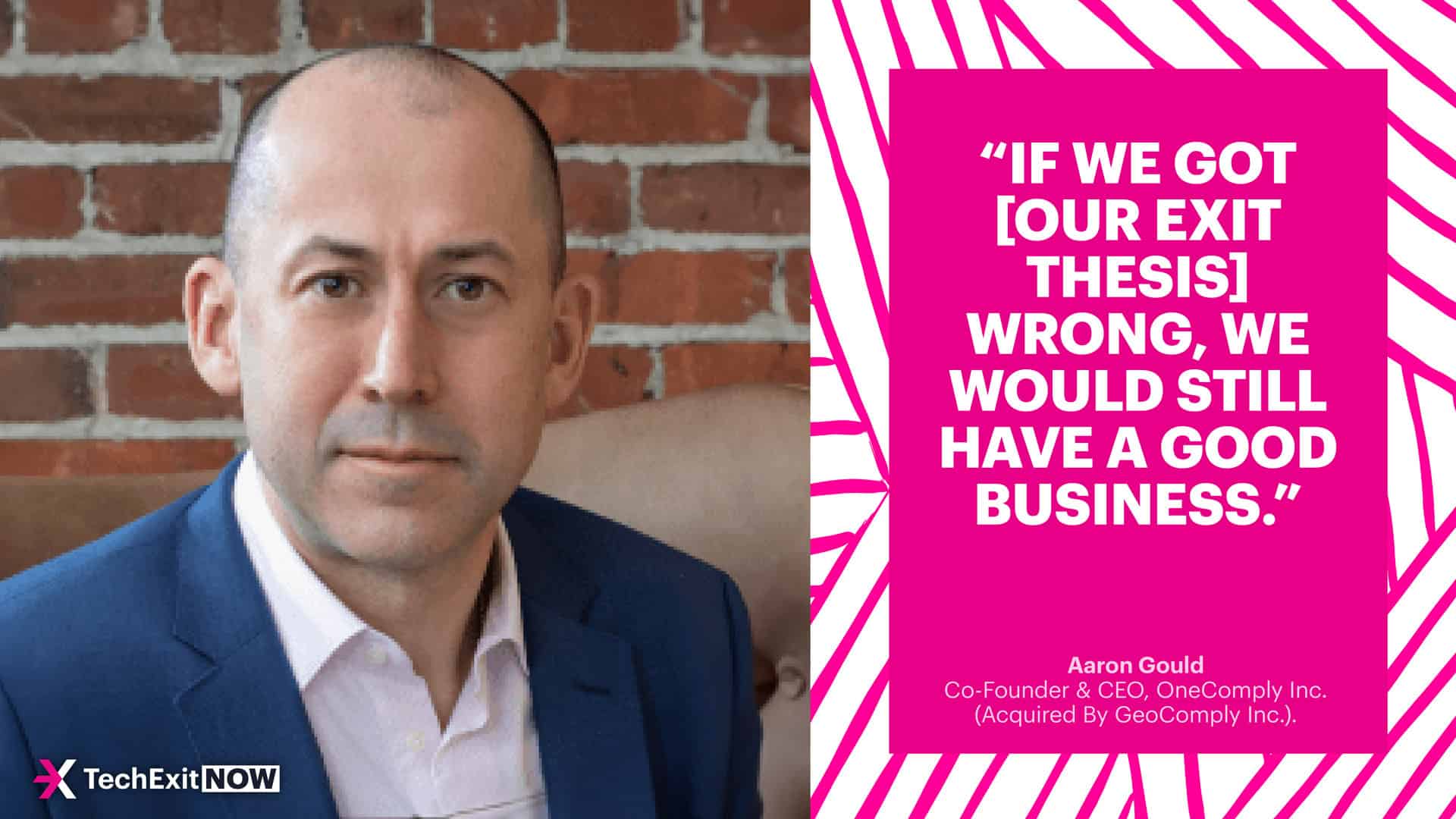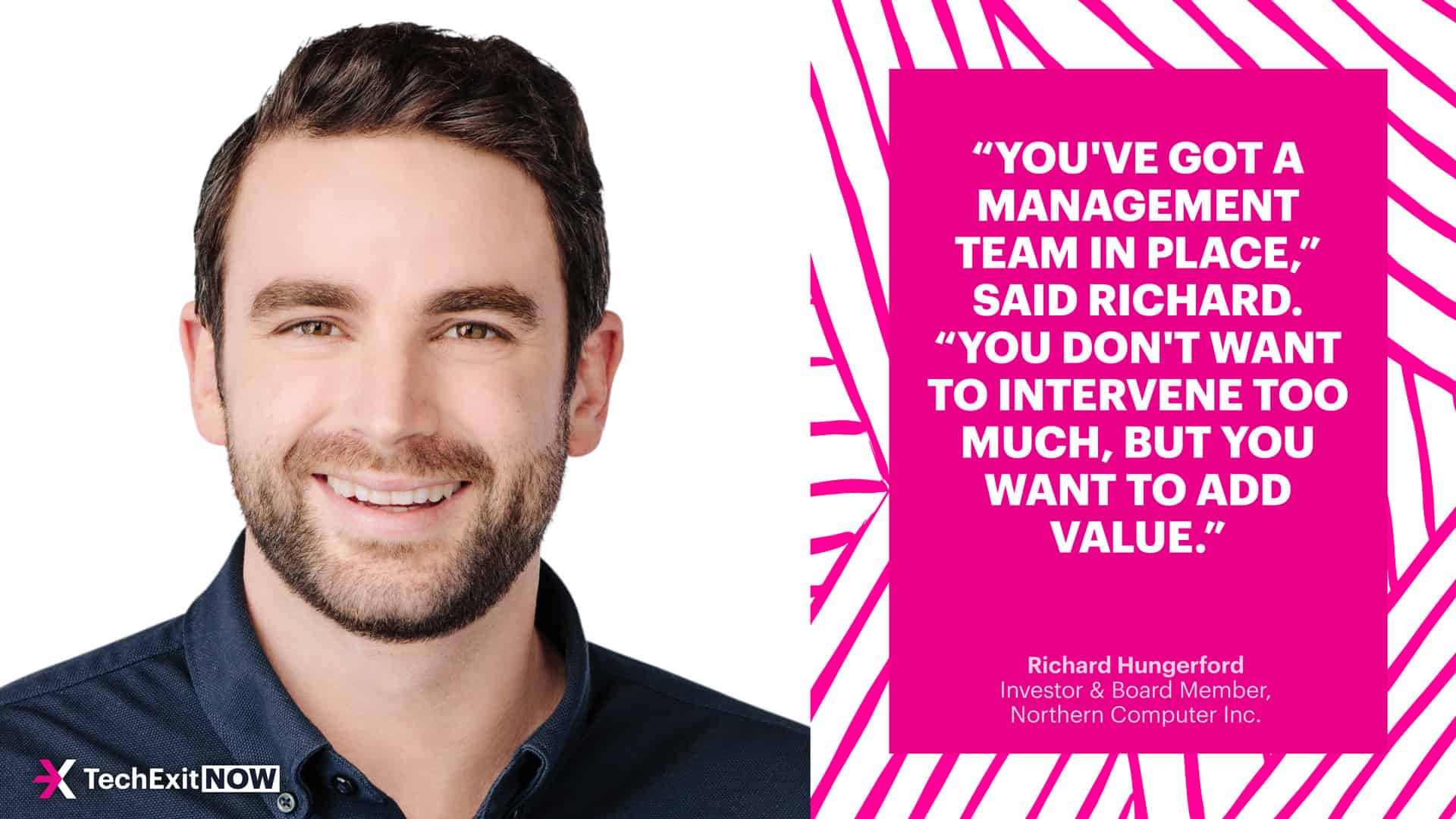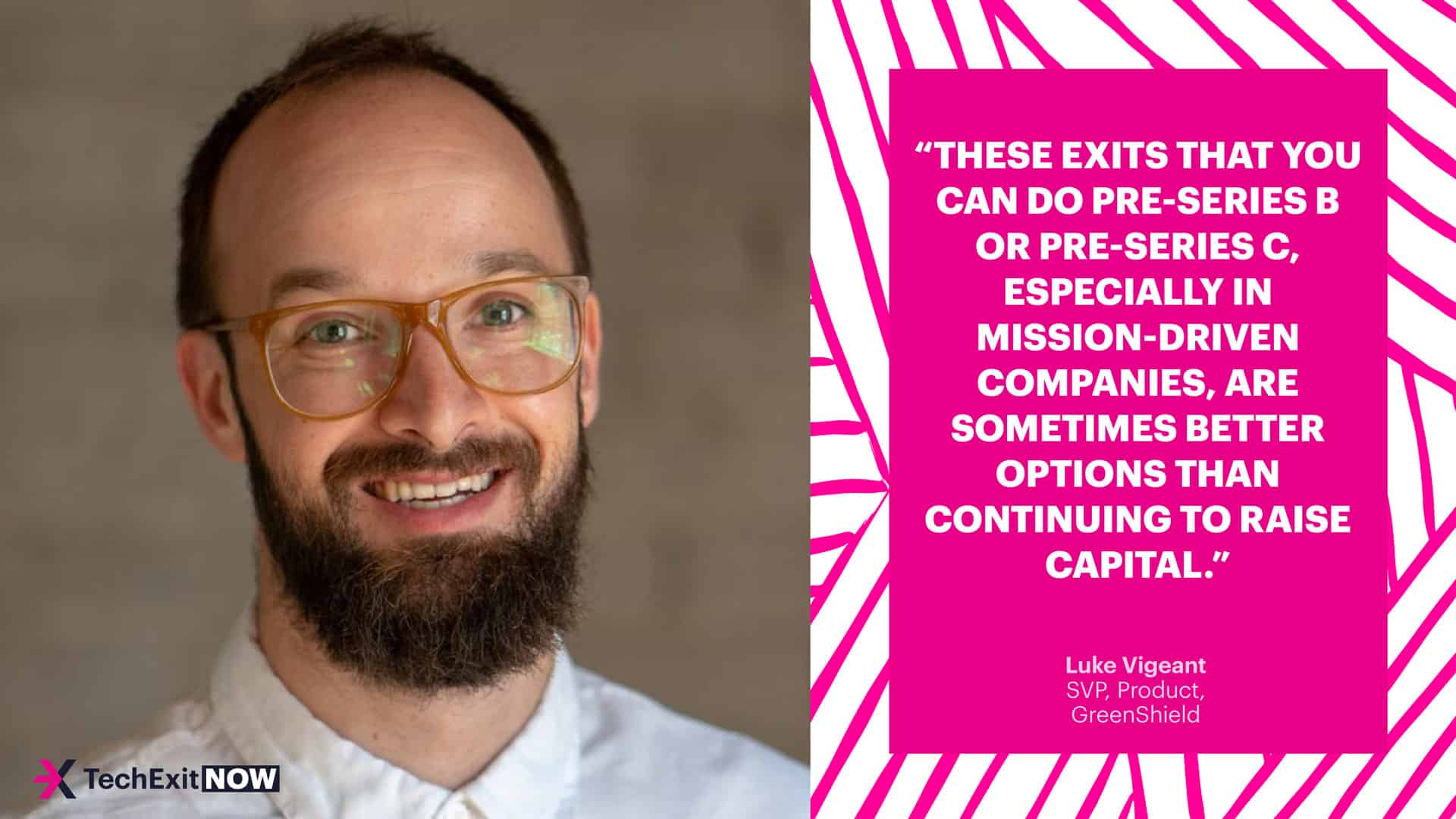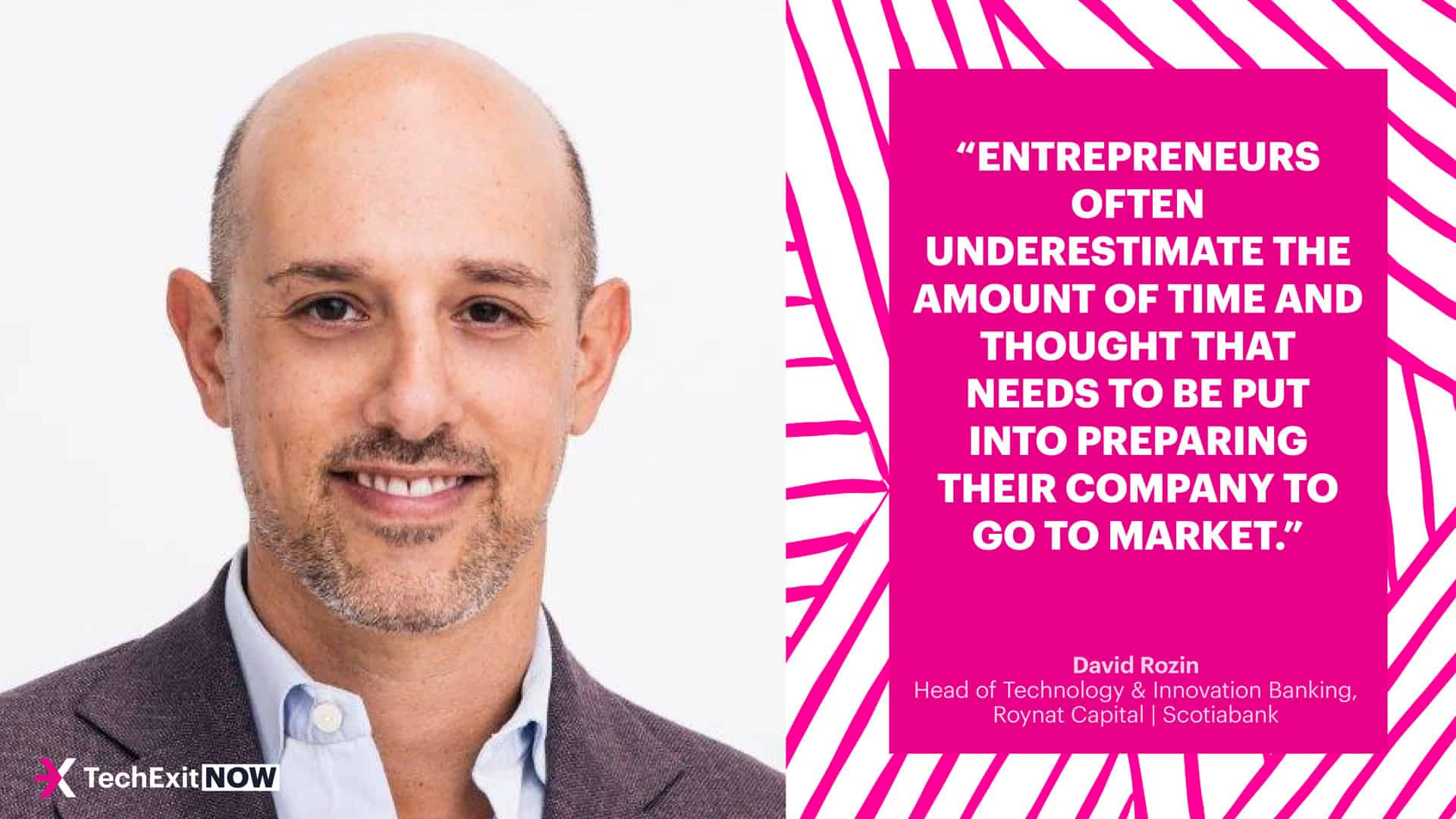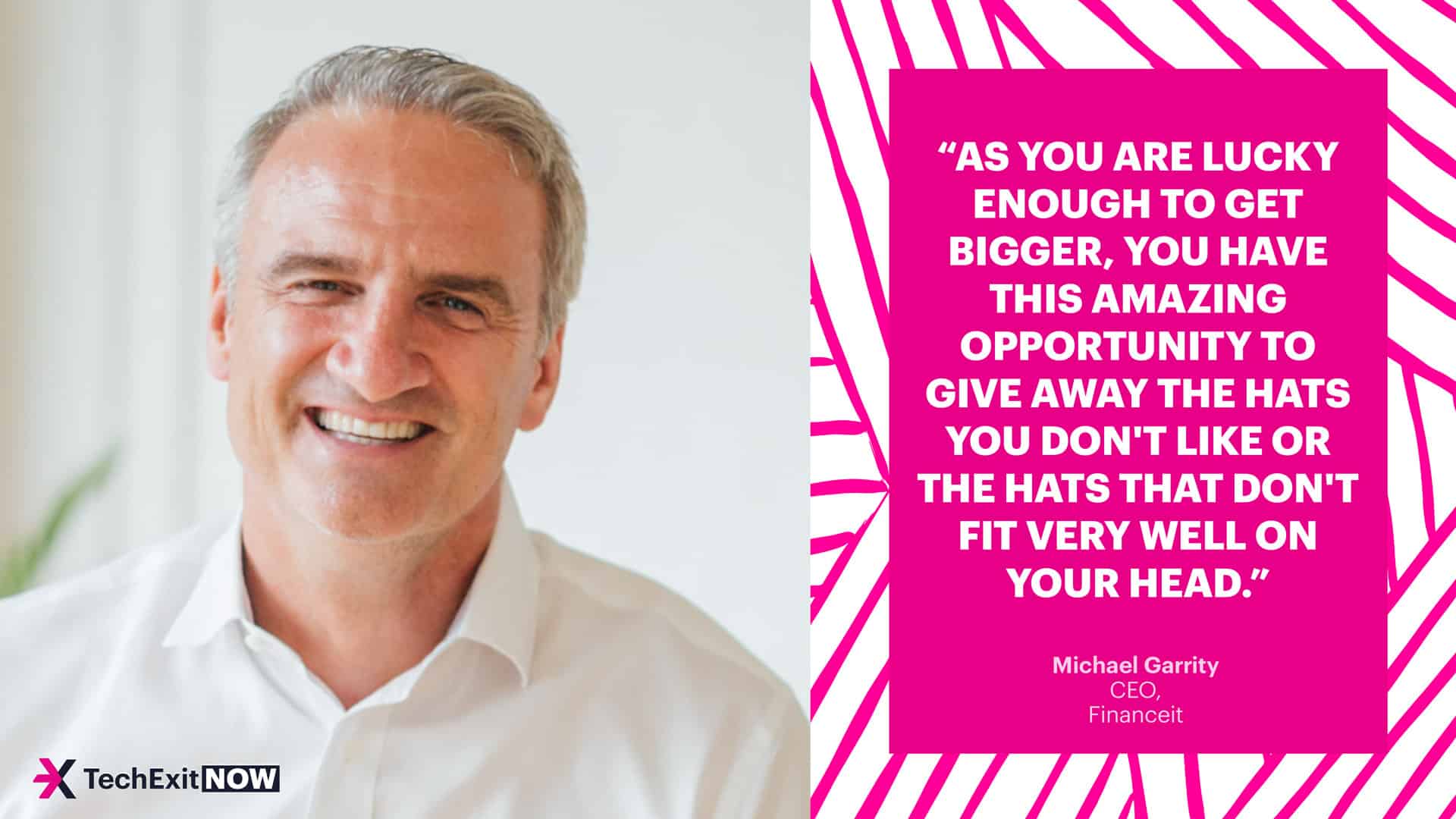Why Thinkific Chose IPO Over Acquisition or Private Funding
Stefan Palios
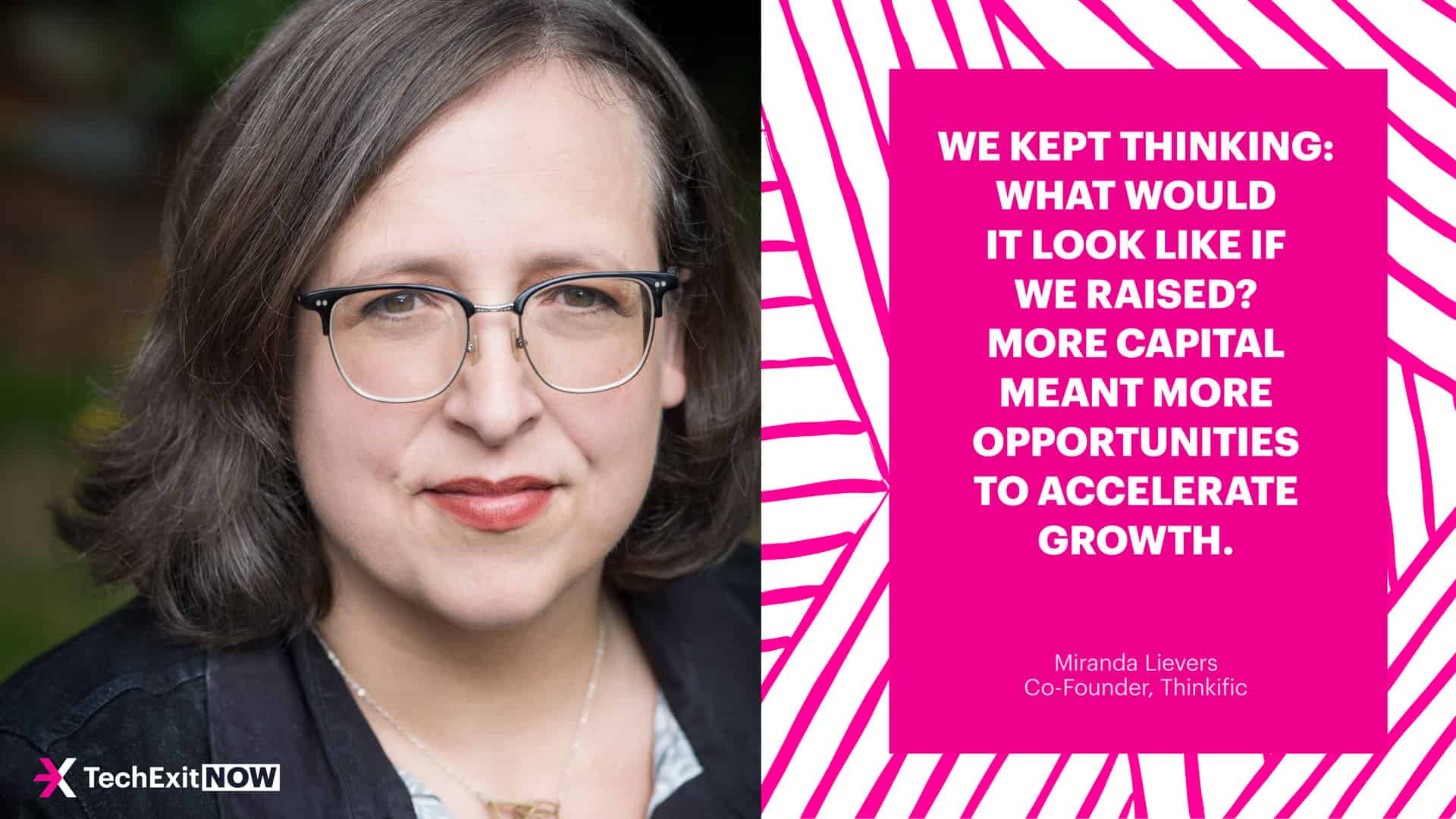
Key takeaways:
- As you plan for the future of your business, think about what naturally excites you. That’s gut input you should listen to and respect.
- Choosing between selling, raising privately, or going public is as much a personal decision as it is a business decision.
- Don’t think about going public as an end. Instead, it’s just the beginning of a new chapter.
Thinkific recently closed its massive IPO, joining the ranks of only a few Canadian tech companies on the public markets. However, an IPO was one of three options that Thinkific’s founding team was considering in 2020. Thinkific co-founder Miranda Lievers explained the options on the table and the process the team went through to eventually choose IPO.
An appetite for growth
After years of profitable growth, Miranda and co-founders Greg Smith, Matt Smith, and Matt Payne were thinking about what would come next. It was clear in 2020 that online education was going to continue to grow, but the team had been working on Thinkific since 2012 and wanted to have an honest conversation about the future. Eventually, their conversations came down to one word: capital. They wanted to take advantage of the opportunity to support course creators, and would need more capital to get that done.
“We kept thinking: what would it look like if we raised?” said Miranda. “More capital meant more opportunities to accelerate growth.”
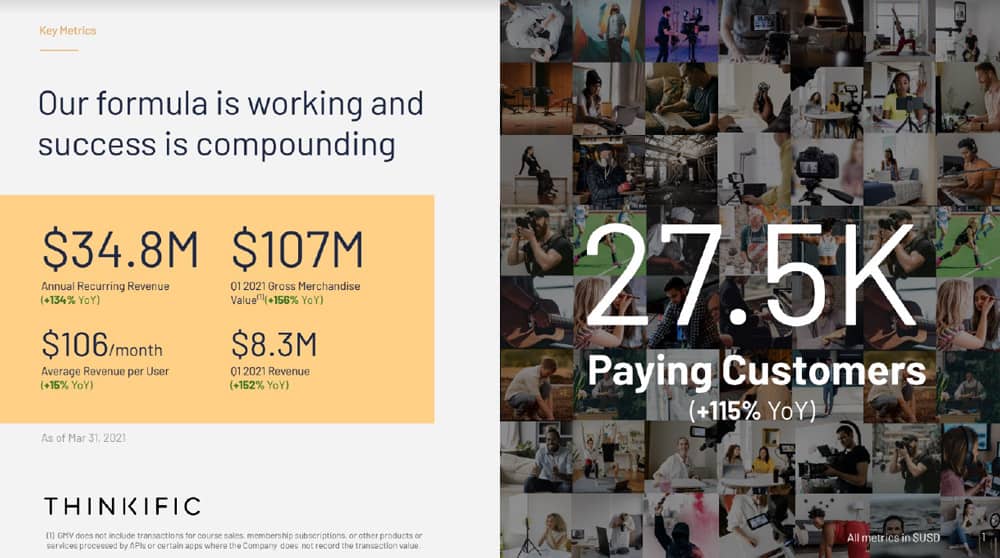
Miranda said that every time she would work on a potential fundraising deck, she and Greg got more excited about the opportunity ahead for online course platforms, and for Thinkific specifically.
“There’s nothing like putting together a top-level view, pointing out the opportunity, explaining how we serve it, and describing our growth trajectory,” said Miranda. “That does incredible things. You look at it and go ‘whoa, this is a hell of an opportunity.’”
Choosing between three options: Public, private, or sale
As Miranda put it, the opportunity was too big and too exciting for the founders to not “go entirely all-in.” But that opened up a different question: how would they raise capital?
Like most companies, they had three options on the table: sell their ownership stake to an acquirer, raise private money, or go public. However, the option of selling didn’t last long.
“Selling would have been really meaningful for us and for our families, especially considering liquidity as a founder,” said Miranda. “But fundamentally, we got sad every time we thought about it.”
That left raising money privately or going public via an IPO.
Miranda said that two factors influenced their decision to ultimately take Thinkific public. The first was how they viewed raising privately, and the second was the availability of public capital markets.
“If we raised privately, we still saw it just as a stepping stone to eventually going public - but with less control and more people at the table,” said Miranda. “We wanted to ensure we controlled distractions as much as possible so we could focus on building the company.”
We also had in the back of our minds that IPO was something we’d look to do as the company grew to a size that would enable it,” she continued. “Given our business’ success and the state of capital markets in 2020, an opportunity came to go public at a valuation we were excited about and that would give us a platform to grow as a public company.”
Choosing the IPO route, the next step was to go on a roadshow and convince investors that Thinkific was worth it. Miranda said it was one of the most fun moments of her career, even as investors incredulously asked them why they would want to go public with the added work and oversight that comes with being a public company. Miranda said explicitly that Thinkific has always believed in transparency, process, and controls, so the opportunity of going public far outweighed the additional disclosure requirements, since the company was already doing much of that internally anyway.
“We believe being a public company forces us to be better,” said Miranda. “The fundamentals that make a great public company aren’t different than the fundamentals that make a great private company.”
This is not an exit
One thing that Miranda is emphatic about is that Thinkific’s IPO is not an exit. For them, it’s just the beginning. Miranda said that taking Thinkific public is not about cashing out or giving up control. Instead, it’s an opportunity for her, Greg, and the rest of the Thinkific team to build into the market opportunity they got glimmers of years ago when they founded the company. And, to put a point on it, this is a pathway to fulfill that potential without giving up anything to an acquirer.
“We don’t in any way, remotely, whatsoever think about this as the end,” said Miranda.
BACK





